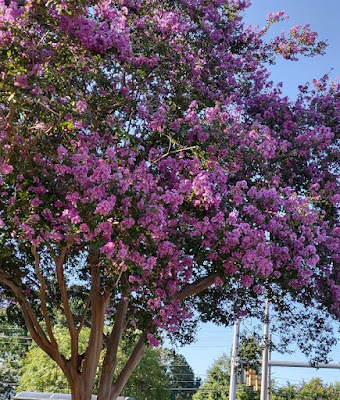You may read previous posting (Part 1):
- Waking up after Sleeping for 24,000 years – Part 1 | Tanza Erlambang Update
After waking up to live, the bdelloid rotifer is able to reproduce multiple times by asexually manner.
Interestingly, in respect to evolution, this freshwater invertebrate had avoided sex for about 80 million years.
You can see movements of several bdelloid rotifers from “Youtube” videos available through internet.
They look “very happy” after very long slept.
Asexual reproduction in the bdelloid rotifer called as parthenogenesis in which there is no need fertilization.
In other words that It is means without fertilization or asexual: eggs develop to embryo, then become “baby” rotifers.
The bdelloid rotifer is commonly found in the aquatic environments everywhere such as:
- rivers
- streams
- lakes
- and ponds
Finally, do you know this kind of organism?
# Previous postings:
- Are Micro plastics in the Tea Bags Dangerous for Our Health? | Tanza
- Is Cyber Monday better Deal than Black Friday? | Tanza Erlambang Update
- What Cities Have the Highest Dog Parks Per Capita? | Tanza Erlambang
- What is the Irregular Heartbeats? - Heart 1 | Tanza Erlambang Update



























